Retro Replay Review
Gameplay
Duke Nukem: Time to Kill builds on the series’ trademark run-and-gun action with a fresh time-travel twist. Players guide Duke through 28 distinct levels spanning multiple eras, from modern Los Angeles to dusty frontier towns and the grandeur of Ancient Rome. Each setting introduces unique environmental hazards—lava flows in the Colosseum, treacherous cliffs in the Old West—and cleverly hides secret passages that reward exploration.
(HEY YOU!! We hope you enjoy! We try not to run ads. So basically, this is a very expensive hobby running this site. Please consider joining us for updates, forums, and more. Network w/ us to make some cash or friends while retro gaming, and you can win some free retro games for posting. Okay, carry on 👍)
The combat remains fast and visceral. Duke wields an arsenal of familiar favorites (shotgun, pipe bombs, flamethrower) alongside a few period-themed surprises, such as black powder rifles and throwing knives. Each weapon feels weighty, and the feedback—screen shake, enemy ragdoll physics—keeps encounters intense. The AI, while not groundbreaking by today’s standards, pushes players to keep moving and strafing, especially when Pig Cops and alien troopers attack in mixed waves.
Level design strikes a satisfying balance between linear progression and open-ended exploration. Time-gated segments—powered by alien devices—encourage clever backtracking: activating a portal in Ancient Egypt might open a door back in present-day LA. Platforming sections are challenging but fair, with well-measured jumps and environmental puzzles that never overstay their welcome. The inclusion of basic puzzle elements, such as switch sequences and key hunts, offers a pleasant break from nonstop shooting.
For those seeking competitive thrills, the two-player deathmatch mode extends the fun. Though limited to split-screen and local play, it delivers chaotic skirmishes across dozens of maps adapted from the single-player campaign. Players can battle with time-period weapons, leading to hilarious mismatches—think flamethrowers against six-shooter duels. It’s a welcome addition that boosts replayability long after the main story is wrapped up.
Graphics
On its original platforms, Duke Nukem: Time to Kill impressed with detailed textured environments that brought each era to life. The medieval castles, neon-lit LA streets, and sandy western outposts all showcase distinct color palettes and set dressing. Atmospheric effects—fog in graveyards, dust clouds in desert towns—add depth, while the variety of background props (barrels, wagons, speeding choppers) keeps each level visually engaging.
Character models feel chunky by modern standards, yet they carry personality in every pixel. Duke himself is larger than life, sporting hand-animated gestures when he reloads or mows down foes. Enemy sprites react dynamically to damage—blood splatters, stagger animations, and explosive giblets—which heightens the visceral appeal. Bosses, like the time-warp-enhanced Pig Cop commander, loom larger on the screen and deliver satisfying climaxes to key levels.
The draw distance varies by setting but generally stays clear enough for players to spot foes at a distance. Textures occasionally repeat, especially in cavernous interiors, but level layouts are distinct enough to prevent monotony. Light sources—torches, neon signs, alien generators—cast vibrant glows that punctuate darker corridors, while carefully placed water reflections and particle effects elevate the overall polish.
When experienced on modern ports or remastered editions, improved resolutions and smoother frame rates make Duke’s time-hopping odyssey even more striking. While the engine shows its age through occasional clipping or pixelation, the game’s stylized art direction holds up, ensuring that each epoch feels meticulously crafted rather than merely re-skinned.
Story
Time to Kill picks up shortly after the events of Duke Nukem 3D. Duke is unwinding in Bootylicious, beers in hand and the crowd cheering, when Pig Cops crash the party and turn his beloved hog into a high-speed chopper. The narrative wastes no time before introducing the sinister twist: aliens have devised a temporal weapon to rewrite history and conquer the world before Duke can interfere.
This premise sets the stage for a globe-spanning adventure through time. The story unfolds through brief but entertaining cutscenes and Duke’s signature quips. He rarely pauses for reflection—why would he when there are pig cops to punch and aliens to vaporize? The humor is unapologetically over-the-top, featuring one-liners that land with surprising wit and moments of self-awareness that break the fourth wall.
While the overarching plot remains relatively straightforward, the chapters themselves are rich with world-building. In the Wild West, Duke thwarts an alien-influenced outlaw gang; in Ancient Rome, he navigates gladiatorial arenas rigged with futuristic traps. Each chapter feels like a mini-story that ties back into the grand time-travel conspiracy, ensuring momentum remains high from start to finish.
The narrative climax, set in a high-tech lab buried beneath prehistoric ruins, delivers satisfying closure without dragging on. Though the game doesn’t delve deeply into character arcs or moral quandaries, it doesn’t need to—Duke’s sole motivation is clear, and the lighthearted stakes suit the fast-paced gameplay. Fans of pulp sci-fi and arcade shooters will appreciate the story’s breezy pace and colorful set pieces.
Overall Experience
Duke Nukem: Time to Kill is a triumphant reminder of 1990s arcade-style action, offering a hefty campaign, varied environments, and an infectious sense of humor. The time-travel mechanic breathes new life into familiar run-and-gun tropes, making each new level feel fresh and exciting. Combat never overstays its welcome, and the balance between shooting, exploration, and light puzzle solving keeps players engaged for hours.
Technical limitations of the era occasionally rear their head—texture repetition and sprite-based enemies might feel dated to newcomers—but the game’s energetic pacing and robust level design easily overcome these quirks. Modern re-releases smooth out performance hitches and upscale visuals, ensuring that Duke’s journey through time remains accessible and enjoyable today.
Deathmatch mode adds valuable replay value, especially for those who prefer couch-based multiplayer brawls. While online support is lacking, the split-screen carnage among friends delivers memorable moments and keeps the game relevant long after mastering the single-player story. It’s a testament to the core design that even decades later, Duke’s arsenal and one-liners still resonate.
For fans of classic shooters, time-travel narratives, or pure, unadulterated action, Duke Nukem: Time to Kill stands as a must-play. Its irreverent tone, inventive level themes, and bombastic gameplay ensure that players will return to Duke’s wild ride again and again. Even newcomers will find plenty to love—just be prepared for cheeky humor and a relentless barrage of pig cops.
 Retro Replay Retro Replay gaming reviews, news, emulation, geek stuff and more!
Retro Replay Retro Replay gaming reviews, news, emulation, geek stuff and more!
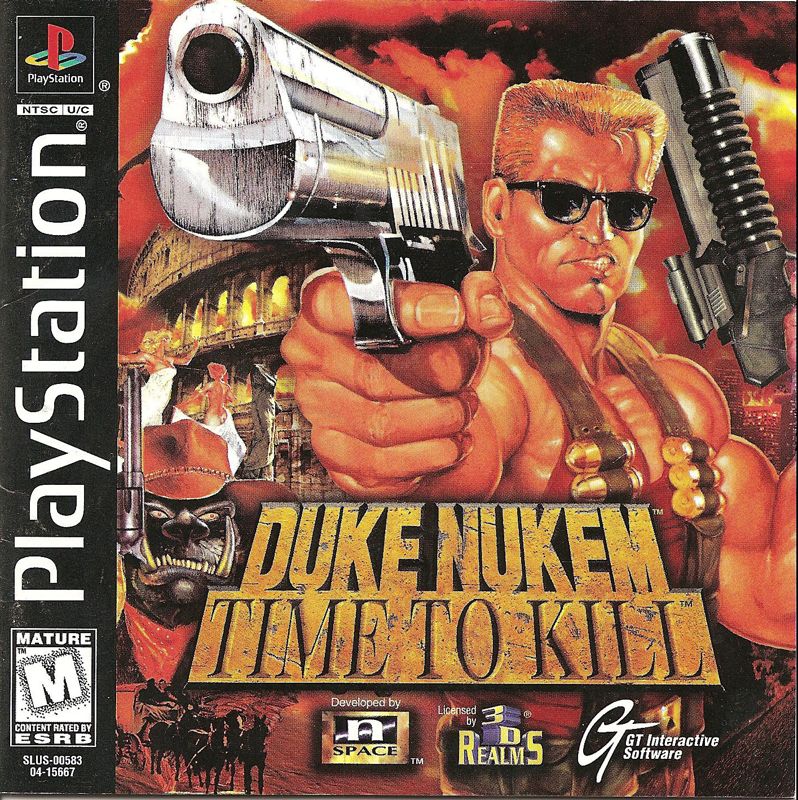
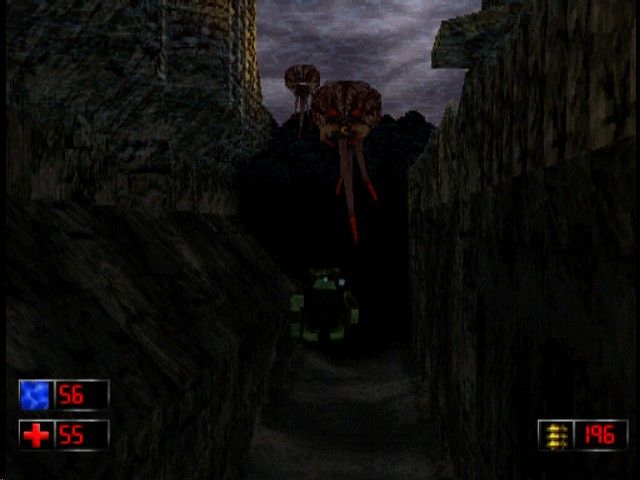
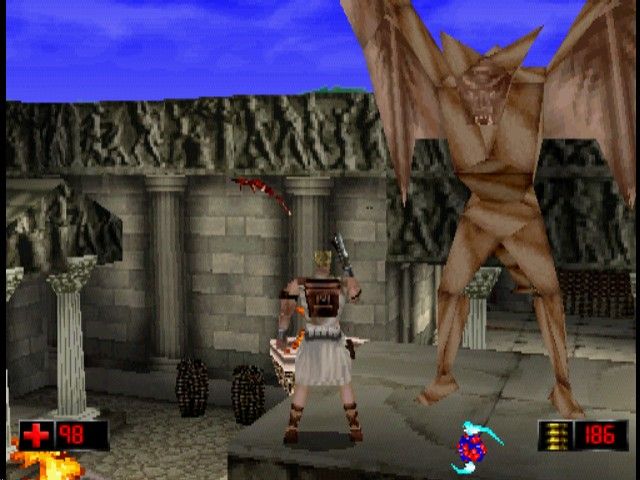
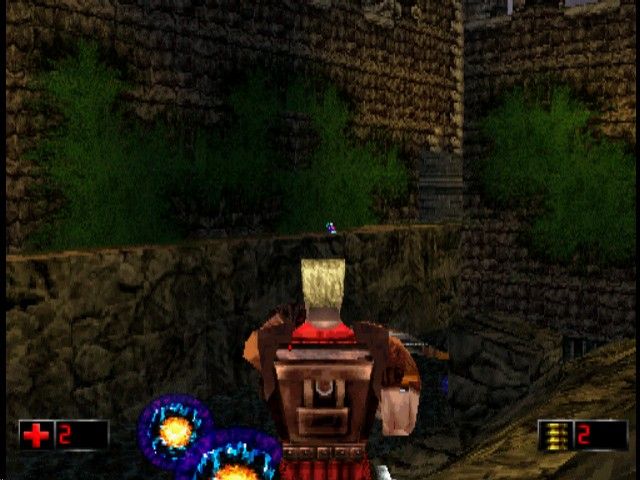
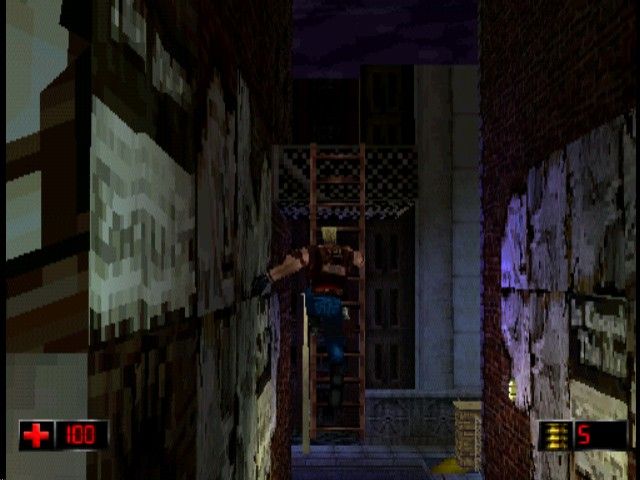
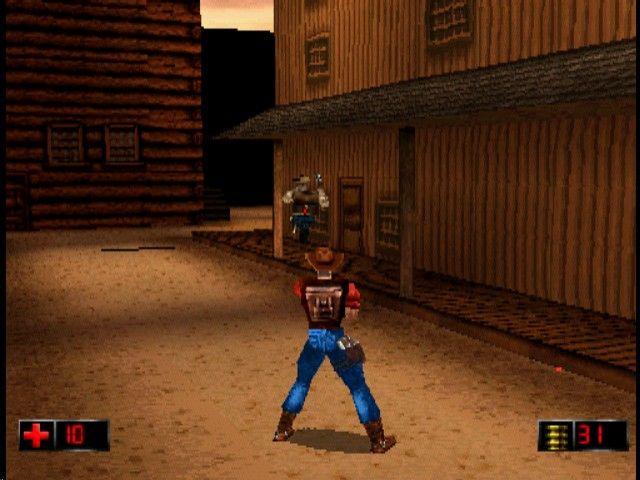



Reviews
There are no reviews yet.